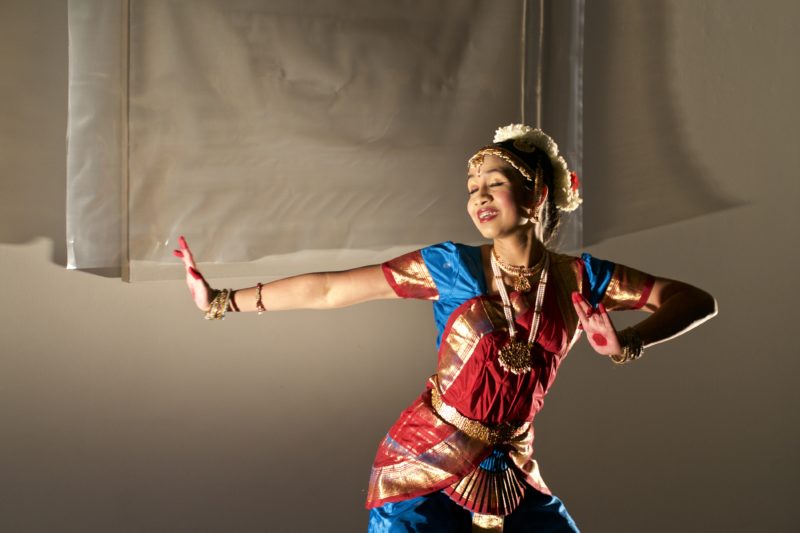
70 years ago this August the colonial powers divided what was known as Hindustan into two entities – India and Pakistan. One was supposed to hold a majority of Hindus, the other a majority of Muslims. The British could do this for all of their occupied provinces – the remaining princely States, of which there were several, could determine their own fate. Kashmir decided on independence only to see immediate war between India and Pakistan vying for dominance.

The reality for an independent Muslim State was made possible by the pressure of Mohammed Jinnah on the British colonial administration, but the idea reaches further back: Muhammad Iqbal, an ardent admirer of Goethe, who studied law and philosophy in Germany, declared it was time for Muslim independence. He presented his 2-Nation theory first in 1930; it eventually became the MountBatten plan that divided the country.

The result was carnage, with up to 2 million people estimated having lost their lives, hundreds of thousand of women raped, with unimaginable numbers (15 million) having to seek new places to live. And Pakistan got the short end of the stick. While India settled onto a contiguous territory, Pakistan had 2 far-flung parts, was involved in conflicts with Kashmir and Belutschistan and had to see Bangladesh partition off. It is ethnically much less homogeneous than India is. Religious conflicts, with Sunni extremists attacking Shiites with increasing frequency, make life hazardous. 42% of all adults cannot read or write; conservative Islamists and Mullahs torpedo the healthcare system and build their own religious schools which house and indoctrinate large numbers of the male offspring of the poor. And three weeks ago the Pakistani High Court removed elected prime minister Nawaz Sharif from office, due to behind the scenes pressure by the military. The country is not enjoying the peace and stability that its founders had envisioned. And, according to the Financial Times, last year saw diverse means of propaganda – from balloons to pigeons….https://www.ft.com/content/048603f2-89fe-11e6-8cb7-e7ada1d123b1
Alas, the tenor of the article show how high tensions are.
When large part of the populous can’t read, visual communication through news programs, documentaries and movies take on an increasingly important role. One way of propaganda, then, is to withhold the communication of the other side. This has been the case for endless years in the conflict between India and Pakistan. Each country censored their own political filmmakers, but also the movies from the other country, depriving their populations of something that could lead to an rapprochement in joint appreciation of Bollywood and whatever comes out of Karachi. Since so many more households now have satellite dishes rather than old fashioned antennas, the banning of TV channels had become easy. And Pakistanis have far fewer computers that allow them internet access to Indian movies than their Indian counterparts.

This year Pakistan lifted the ban on movies – and India is discussing if they should follow suit http://www.hindustantimes.com/bollywood/pakistan-lifts-ban-on-indian-films-should-india-follow/story-AByHLRPErIQVaoVtyR2IwI.html
Here is a topic-specific overview of relevant Pakistani movies for those who are interested.
Pakistani Cinema Had Its Own Way of Looking at Partition Too

Photographs were snapshots of a short performance by a lovely young member of the Anjali School of Dance in Hillsboro.





